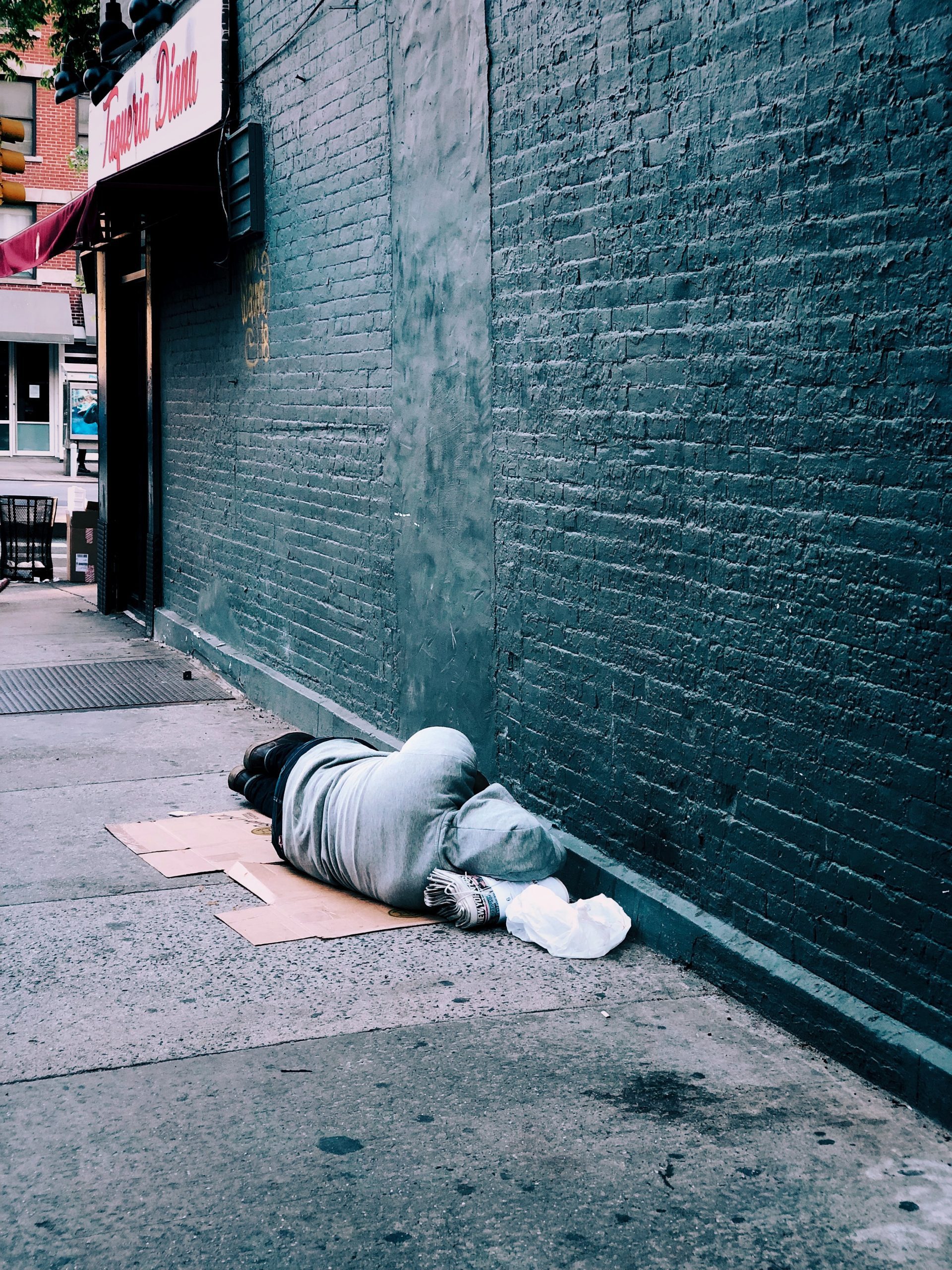Canada News
Update on the City of Toronto COVID-19 Shelter Transition and Relocation Plan

The COVID-19 Shelter Transition and Relocation plan, approved by City Council on April 6, 2022, recommended a thoughtful, phased approach to support a gradual transition out of temporary shelter sites, including the continued use of most sites, where possible, while the phased transition and relocation plan is implemented. (File Photo by Jon Tyson/Unsplash)
The City of Toronto took extraordinary steps to support the wellbeing of people experiencing homelessness during the COVID-19 pandemic by opening temporary emergency shelter sites to ensure physical distancing was provided throughout the shelter system.
The COVID-19 Shelter Transition and Relocation plan, approved by City Council on April 6, 2022, recommended a thoughtful, phased approach to support a gradual transition out of temporary shelter sites, including the continued use of most sites, where possible, while the phased transition and relocation plan is implemented.
Since the approval of the April report, two temporary locations were decommissioned – 195 Princes’ Blvd. and 1684 Queen St. East. The City has also purchased the property at 65 Dundas St. E., currently operating as a temporary shelter, and will transition the site into a combination of permanent affordable and supportive homes. The shelter program is undergoing a phased, gradual closure that began in September 2022, so that renovations can take place. The new affordable and supportive homes will be completed in phases in 2023 and 2024.
The City of Toronto has also purchased two other former motel/hotel sites to provide urgently needed affordable housing. The project at 222 Spadina Ave. (formerly the Super 8 Hotel), currently under renovation, will provide new homes with supports for approximately 84 people who are experiencing or at risk of homelessness. The project at 4626 Kingston Rd. includes the renovation of a motel to create 22 new affordable homes with supports for people experiencing homelessness. Renovations were completed this summer and residents have begun to move into the new homes.
There are currently 25 temporary shelter sites open across the city.
The site at 45 The Esplanade will be the third temporary shelter location to decommission in 2022 because the property owner will re-start hotel operations in 2023. This shelter program will close to new admissions on October 12, and the City, in partnership with its operating partner, Homes First Society, will work with residents to develop individual relocation plans, which could include transition to permanent housing or a move to another shelter. All resident relocations will be completed before December 31, 2022.
The emergency shelter system plays an important role in supporting the health and wellness of those experiencing homelessness, but its intended purpose is to provide short-term accommodation for people. The solution to homelessness is permanent housing with supports.
Between January 1 and September 30, 2022, a total of 2,965 individuals have moved from the shelter system to permanent housing. Of those, 587 were moved from the temporary COVID-19 shelter sites to permanent housing.
The City anticipates that more than 400 new affordable homes with supports will be available for occupancy throughout the upcoming winter season. These homes will be prioritized for people experiencing homelessness who are staying in emergency shelters or living outdoors. Since the end of 2020, the City has completed over 1,100 new supportive homes as part of the Council-directed 24-Month COVID-19 Housing and Homelessness Response Plan. By the end of 2022, it is anticipated that almost 3,000 new supportive and affordable housing opportunities would have been made available for residents through this plan.
There are undeniable pressures on the shelter system. The stresses caused by the COVID-19 pandemic, the opioid poisoning crisis, the increase in refugee claimants as border restrictions have eased, and the critical lack of and access to supportive and affordable housing all contribute to many people facing significant hardships, placing them in need of emergency shelter and support.
Given current pressures on the system, as well as an expected rise in demand as we move into the winter months, and as directed by City Council in April 2022, the City will begin to introduce a safe and moderate increase to capacity in the base shelter system.
The COVID-19 Shelter Transition and Relocation Plan approved by Council in April noted that a full return to the pre-COVID accommodation levels – 0.75 metres lateral distancing – is not recommended. Instead, where increased capacity is required, changes in bed separation can be adjusted from 2 metres laterally to 1.25 metres. This work will be implemented through a phased approach and is estimated to increase capacity by an additional 500 beds. Existing public health and rigorous infection, prevention and control (IPAC) measures will remain in place.
The introduction of double occupancy at some temporary emergency shelter sites will also result in much-needed capacity in the system.
In the coming weeks, the City will release its 2022/2023 winter services plan, outlining measures to ensure safe and welcoming places for people who need them during the coming cold weather. This year’s plan will include maintaining temporary shelter sites where possible, adding spaces in the base shelter system, and activating Warming Centres and additional street outreach teams during periods of extreme cold. Securing permanent housing for those experiencing homelessness remains the City’s ultimate goal.
Toronto is home to more than 2.9 million people whose diversity and experiences make this great city Canada’s leading economic engine and one of the world’s most diverse and livable cities. As the fourth largest city in North America, Toronto is a global leader in technology, finance, film, music, culture and innovation, and consistently places at the top of international rankings due to investments championed by its government, residents and businesses. For more information visit the City’s website or follow us on Twitter , Instagram
or Facebook
.





















